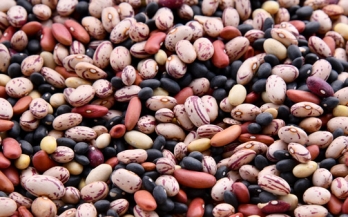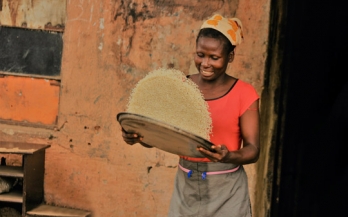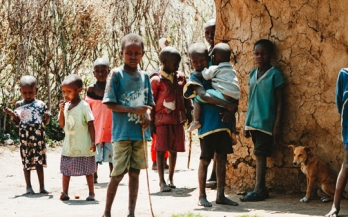To operationalize the great food system transformation and ensure its sustainability, five areas of research and action require more attention: economic and structural costs; political economy; diversity of cultural norms; equity and social justice; and governance and decision support tools.
Biofortification of staple crops has the potential to increase nutrient intakes and improve health outcomes. Despite program data on the number of farming households reached with and growing biofortified crops, information on the coverage of biofortified foods in the general population is often lacking. Such information is needed to ascertain potential for impact and identify bottlenecks to parts of the impact pathway.
Food fortification is implemented to increase intakes of specific nutrients in the diet, but contributions of fortified foods to nutrient intakes are rarely quantified.
Large-scale food fortification (LSFF) is a cost-effective intervention that is widely implemented, but there is scope to further increase its potential. To identify gaps and opportunities, we first accessed the Global Fortification Data Exchange (GFDx) to identify countries that could benefit from new fortification programs.
Adolescence presents an opportunity to influence diet, which impacts present and future health outcomes, yet adolescent diets globally are poorly understood. This study estimated mean frequency of consumption and prevalence of less-than-daily fruit and vegetable consumption, at-least-daily carbonated beverage consumption, and at-least-weekly fast-food consumption among school-going adolescents.
The objective of this study was to examine knowledge, attitudes and perceptions of mothers and fathers of young children, as well as program stakeholders in Vietnam, toward a logo developed for the national fortification program.
This study evaluated the sustainability of market-based community distribution of micronutrient powders (Sprinkles®, Hexagon Nutrition, Mumbai, India) among pre-school children in Kenya.
The objective of this study was to determine the feasibility of distributing micronutrient powders (MNP) for home fortification during biannual Maternal, Neonatal and Child Health Week (MNCHW) events, as a strategy to improve young child nutrition.
Micronutrient powders (MNP) are recommended by the World Health Organization as an effective intervention to address anaemia in children. A formative process evaluation was conducted to assess the viability of a model using free vouchers in two districts of Mozambique to deliver MNP and motivate adherence to recommendations regarding its use.
This chapter reveals that the Senegal food fortification program has made significant progress within a relatively short period of time. The food fortification program in Senegal is contributing positively to micronutrient intake and is likely to be reducing deficiencies.










